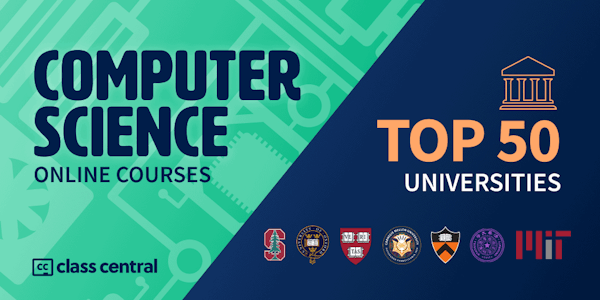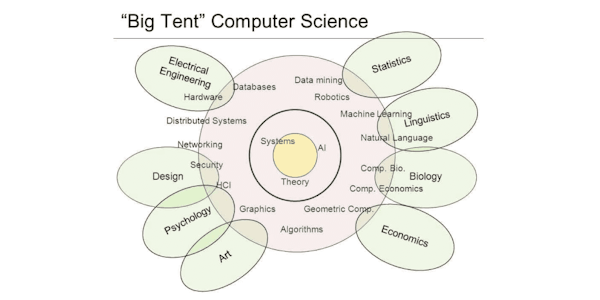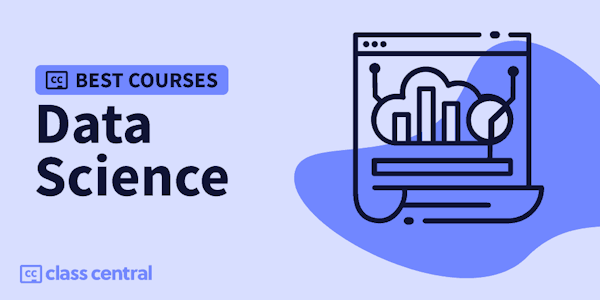Overview
Syllabus
Another small correction at . I describe ON^2 as meaning "the number of operations needed scales with N^2". However, this is technically what ThetaN^2 would mean. ON^2 would mean that the number of operations needed is at most constant times N^2, in particular, it includes algorithms whose runtimes don't actually have any N^2 term, but which are bounded by it. The distinction doesn't matter in this case, since there is an explicit N^2 term.
- Where do convolutions show up?
- Add two random variables
- A simple example
- Moving averages
- Image processing
- Measuring runtime
- Polynomial multiplication
- Speeding up with FFTs
- Concluding thoughts
Taught by
3Blue1Brown




